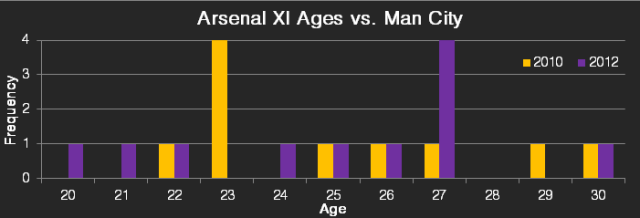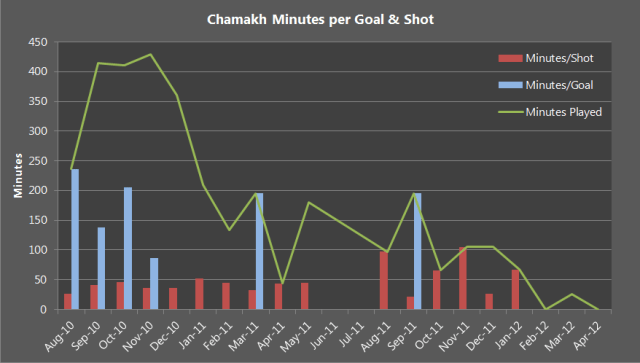If you’ve ever taken the Piccadilly Line down to Highbury or Ashburton Grove you might have noticed the old tiles on the platform walls proclaiming the station to be Gillespie Road. Indeed, when you exit the station, you find yourself on Gillespie Road itself. If you know a little about the history of Arsenal, or the tube, you probably know why.

The story of the renaming of Gillespie Road station is always there, part of Arsenal folklore. It is intertwined with glorious memories of Arsenal’s ascendancy to greatness from the low point of 1913 through to success with Herbert Chapman in the late 1920s and the 1930s, and sits alongside the addition of white sleeves to the shirt or the development of the WM formation. Chapman’s infamous words on the tube, apparently, were “Whoever heard of Gillespie Road? It’s Arsenal round here!”
But how many of you have heard the full story? Recently The Arsenal History, and then the brilliant London Reconnections have featured two wonderful articles about the truth behind the renaming.
Firstly, in October, Andy Kelly of the Arsenal History revealed that the name of the station was actually changed on 31 October 1932, rather than the oft cited date of 5 November 1932.
More recently John Bull provided some fantastic insights into the renaming in his article “It’s Arsenal Round Here”. He pointed out that there is little direct evidence for the famous Chapman quote, and gives some context in terms of the development of the London Underground:
Logistically, Chapman’s timing was also perfect. With work underway to extend the (now) Piccadilly line north to Cockfosters, a complete update of all of the line’s maps, machines and other assets was already on the cards. Much has been made in some sources about Chapman persuading the Underground to foot the bill, but the reality is that they were about to (and had already budgeted for) many of those changes anyway – tweaking one more station name wouldn’t exactly break the bank.
In the end, the station officially became “Arsenal (Highbury Hill)” on the 31 October 1932. “Arsenal Stadium” had also been considered, according to a contemporary account in the Islington Gazette, but was ultimately seen as a step too far by the Combine. Eventually the “Highbury Hill” would be quietly dropped from the name by London Transport in 1960.
via @lonrec
Andy Kelly also points out that Arsenal have not one, but two stations on the London Tube Map which relate to their name, the second being the Woolwich Arsenal DLR station. This serves the area Arsenal originated in, around the The Royal Arsenal munitions factory in Woolwich, an area which they departed from in 1913 under the stewardship of Sir Henry Norris, relocating to Highbury (also originally named after Gillespie Road). The club played their first league game at home in North London on 6 September 1913, following strong opposition from Tottenham and after being relegated to the Second Division – the last time that Arsenal were relegated from the upper division of English football.
Each of these moments represents an important step in the creation of the modern Arsenal and supported their transformation into one of the most dominant club sides in England.





